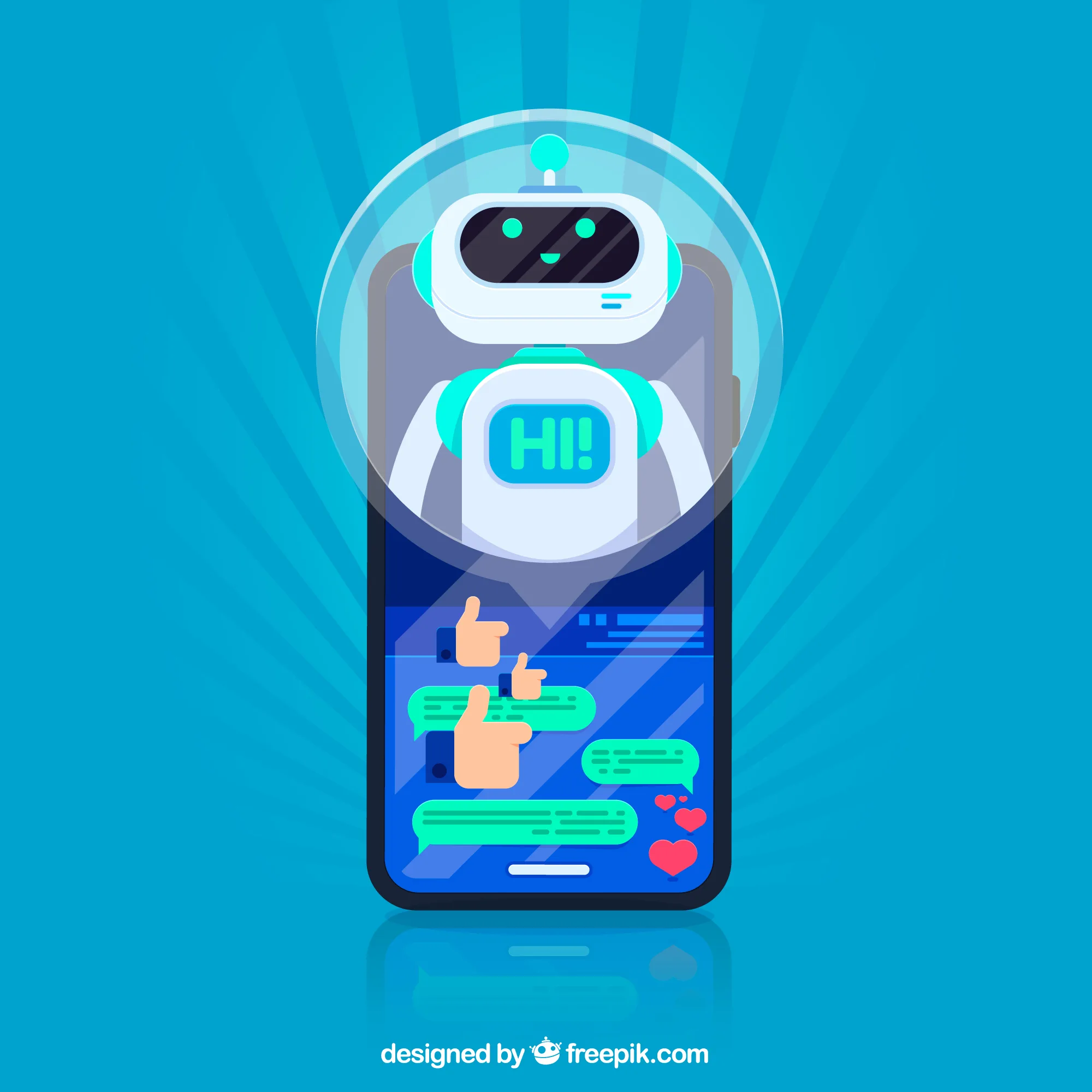When you purchase through links on our site, we may earn an affiliate commission. This doesn’t affect our editorial independence.
Remember the dark days of e-commerce? Remember struggling through endless help pages or enduring lengthy response times for basic customer inquiries? Those frustrating experiences have largely disappeared thanks to conversational assistants that provide instant solutions while freeing human representatives for complex situations. Understanding chatbot implementation has become crucial for contemporary business success. This article will show you how to use chatbots for customer engagement.
These automated services function essentially as digital conversation partners. While technically robots, they facilitate dialogue-based interactions to address customer needs through predefined parameters. Users effectively engage with virtual assistants programmed to handle specific tasks or answer targeted questions.
Traditional rule-based predecessors could only provide scripted responses, but current AI-enhanced versions analyze sophisticated requests, deliver customized solutions, and continuously improve through interaction analysis.
The Rise of E-Commerce Chatbots as Customer Service Superstars
Conversational assistants have transformed dramatically in recent years, evolving beyond simplistic FAQ responders into versatile support specialists. Advanced artificial intelligence now enables these tools to fundamentally transform brand-consumer relationships across digital platforms.
Have you encountered the 15-second engagement principle? Unlike the misguided food-retrieval rule (please abandon this practice immediately!), this concept identifies the critical window for capturing visitor attention before potential abandonment. When someone discovers your site through advertising or content, you have mere moments to establish value.
This principle applies equally to information-seeking visitors. When readers finish consuming your content, its effectiveness depends on delivering genuine value – whether through knowledge expansion, perspective shifts, or practical application. Simply providing previously undisclosed information proves insufficient without contextual relevance.
When content successfully engages readers, they naturally develop product-related questions: Can this solve my specific challenges? Does it include necessary functionality? What investment is required? Will it remain viable long-term? They immediately begin searching your site for answers.
Today’s marketplace presents unprecedented consumer choice amid intense competition.
Conversational tools excel uniquely in addressing this challenge compared to other available options. They eliminate the need for page navigation while searching for information. Instead, they remain immediately accessible to ask appropriate questions and efficiently guide visitors toward relevant information. This aligns perfectly with modern preferences, as research shows over two-thirds of customers prefer self-directed solutions over representative conversations.
Choosing the Right Chatbot Platform to Drive Customer Engagement
Platform selection represents a critical implementation decision. Well-designed systems revolutionize customer interactions by delivering efficient, personalized assistance continuously. However, the abundance of available options complicates selection processes.
Growth accommodation represents a primary consideration when evaluating platforms. As operations expand, your assistant must handle increasing interaction volumes without performance degradation. This capacity ensures consistent user experiences regardless of query volume.
Personalization capabilities warrant careful examination. Every organization possesses unique characteristics, and your assistant should reflect distinctive brand attributes. Seek platforms allowing appearance adjustment, communication style customization, and response personalization that maintain brand identity. These modifications create cohesive visitor experiences.
Connection capabilities with existing systems prove equally important. Your assistant should integrate seamlessly with current infrastructure including relationship management systems, support platforms, and commercial frameworks. These connections enable access to customer information for delivering targeted recommendations and support.
Performance measurement tools represent essential selection criteria. Effective platforms provide comprehensive analytics and reporting functionality. These insights reveal performance metrics, improvement opportunities, and data-driven optimization pathways.
Beyond addressing general company and product inquiries, modern assistants provide urgent solutions for immediate challenges. When customers face critical situations with minimal resolution time, advanced systems deliver detailed responses within seconds – available continuously regardless of time constraints.
Understanding Assistant Varieties
Simple rule-based systems: Operate through predetermined response patterns addressing basic inquiries. These excel at product recommendation quizzes, order tracking, and fundamental question handling.
Intelligence-enhanced platforms: Utilize conversation analysis, emotional recognition, and predictive modeling to interpret customer intent while generating natural interactions. CRM and business intelligence integration enables continuous improvement through historical interaction analysis.
Combined approach systems: Many platforms blend structured rules with natural language processing for sophisticated, individualized experiences. These particularly suit structured feedback collection, inventory verification, and comprehensive purchase journey support. This is how to use chatbots for customer engagement.
Industry forecasts suggest these tools will become the primary customer engagement channel for approximately 25% of businesses within two years. With projected global retail expenditures through conversational platforms approaching $142 billion by year-end, these systems have become essential components of digital commerce infrastructure.








